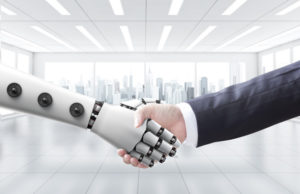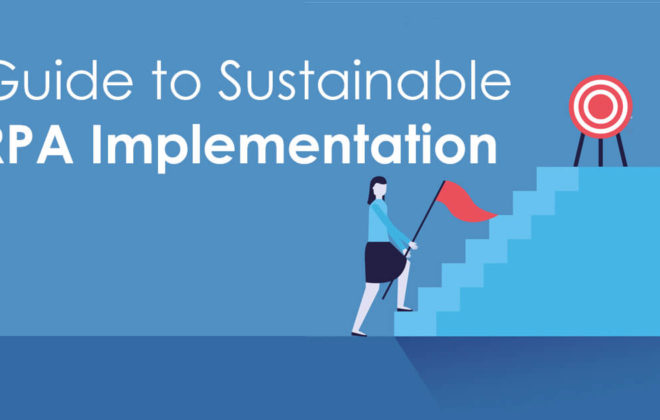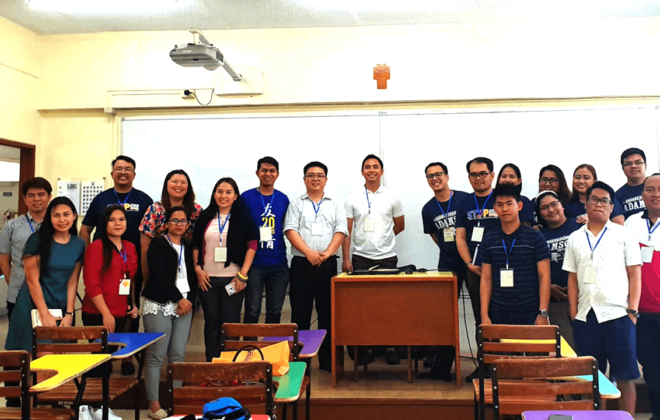Your boss won’t fire you because of Automation, here’s why
Ashley is a typical millennial who has been a customer service representative for 5 years. Even if the job is routinary, Ashley loves just the way it is. Although sometimes, she gets bored doing the same thing every single day, and other times, she feels unproductive and inefficient. But when his company began to invest in automation, Ashley began to see some changes in how they run the business — and Ashley is not happy with these changes.

While they say automation kills jobs, let us not forget it does create jobs. As Economists, Daron Acemoglu (MIT) and Pascual Restrepo (Boston University) suggest, “the future of work and the workforce will depend on the balance between labor replacing technologies – those that supplant human brawn or rote repetition – and, in their language, labor reinstating technologies, that generate new tasks at which humans have a comparative advantage”.





